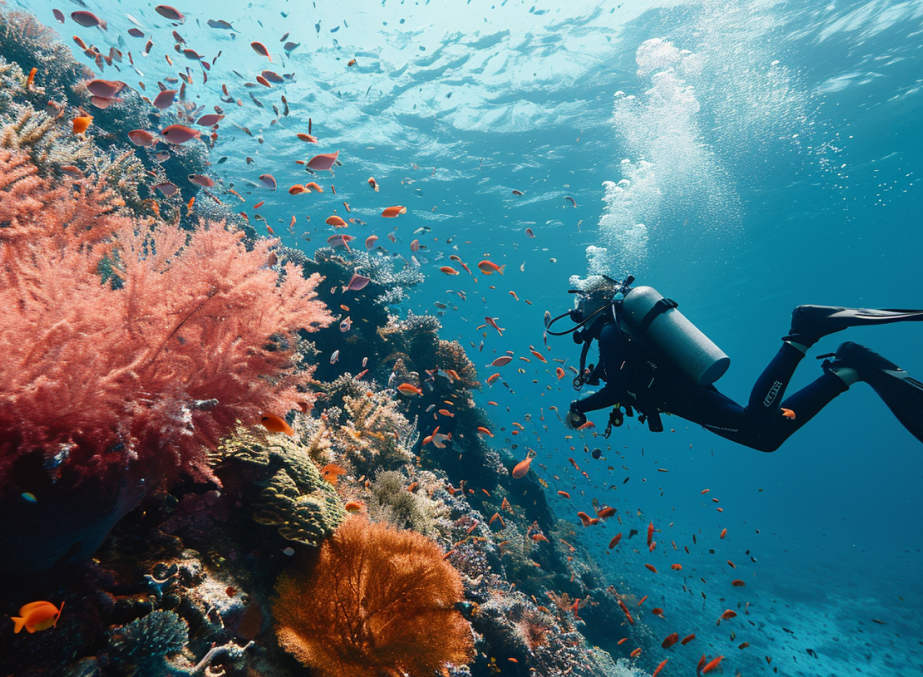
When it comes to water activities, scuba diving is one of the most popular things to partake in Thailand. Divers from across the world come to Thailand to experience its surreal underwater scenery and diverse dive sites. If you have been dreaming about scuba diving adventures in Thailand and feel drawn by the deep blue waters, this guide offers a simple breakdown of diving in Thailand. Please read below.
Suggested Read: Thailand Shopping Guide: What To Buy And Where In Thailand and Phuket In January
Why Choose Thailand for Scuba Diving?
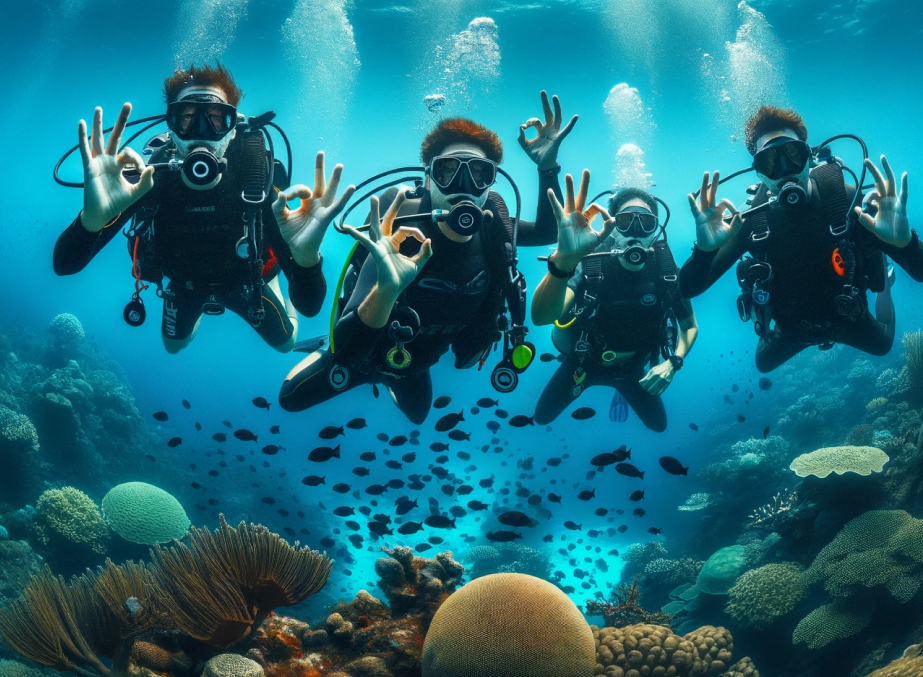
Thailand is a country known for stunning tropical islands, pristine white beaches, lagoons, and azure waters. All the natural landscapes and sites make this country a dream destination for divers of all levels. Imagine descending into the water as colourful fish, planktons, and turtles pass by. Thailand’s underwater scenery is awe-inspiring, to say the least. Let’s take a further look into what makes Thailand such a popular destination for scuba diving.
Diversity of Marine Life: The underwater world of Thailand is as unique as it is colourful. The vibrant corals, blacktip reef sharks, clownfish, sting rays, seahorses, sea fans, planktons, etc. offer scuba divers a chance to witness the life of the aquatic world in full glory. The marine biodiversity of Thailand makes each dive a unique and unforgettable experience.
Variety of Dive Sites (reefs, wrecks, cave systems): Scuba diving in Thailand can never get boring due to the diverse diving sites it offers. Whether you are looking to admire the kaleidoscopic corals, or want to explore the mysterious charm of sunken wrecks, or wish to witness the spectacular cave formations, this variety ensures that every dive is a new adventure, appealing to different preferences and experiences.
Year-round Diving Opportunities: Thailand’s tropical climate offers the advantage of year-round diving, which makes it a perfect destination for divers at any time. Each season has its own unique diving conditions and marine life, which can provide continuous opportunities for exploration. According to the season, you may choose to dive in the waters of the Andaman Sea in the Gulf of Thailand.
Suitable for all levels of divers: Thailand is one of the most sought-after scuba diving destinations due to its dive sites, which offer diving experiences to all ranges of divers. Whether you’re a beginner taking your first dive or an experienced diver seeking newer depths and challenges, Thai waters satisfy all. In addition, the diving schools and a variety of PADI dive certification courses also make Thailand a favourable scuba diving destination.
Best Places to go for Scuba diving in Thailand
1. Scuba Diving in Phuket, Thailand
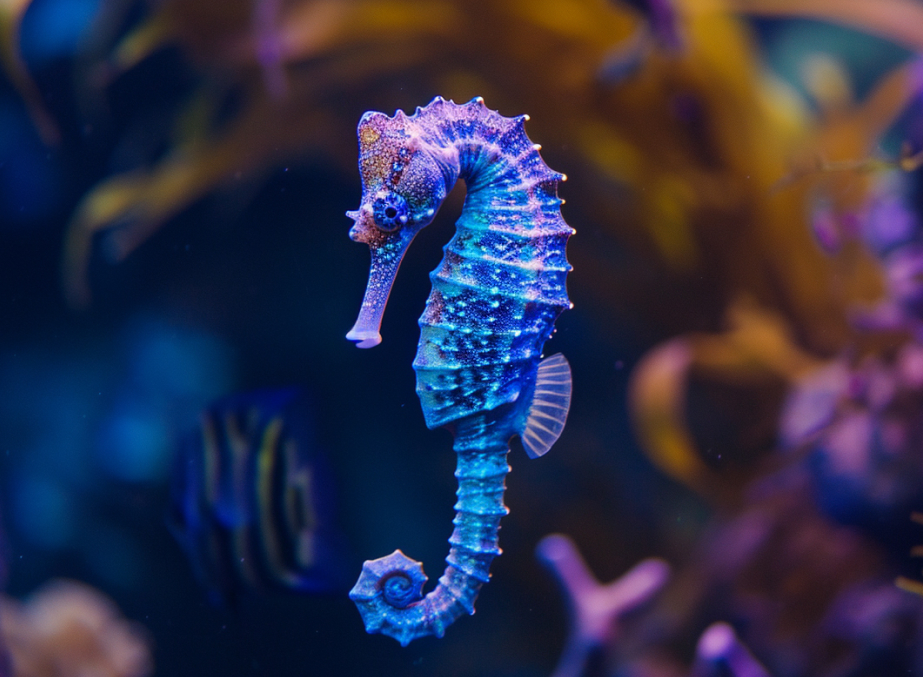
Phuket is one of the best diving sites in Thailand. Having been blessed with enchanting marine life, rock boulders, caves, wrecks, and tunnels, diving in Phuket is an enthralling experience for all kinds of divers. The thriving population of vibrant corals and aquatic plants creates scenic underwater views. While diving deep in the waters of Andaman, catch beautiful glimpses of harlequin shrimps, seahorses, pelagics, and majestic manta rays, along with whale sharks. Most of the diving in Phuket is done by boat along the shore.
Popular diving sites in Phuket include:
- Anemone Reef,
- Koh Dok Mai,
- King Cruiser Wreck,
- South Tip and Shark point.
Approximate Cost of Scuba Diving Course in Phuket:
| Particulars | Details |
|---|---|
| Operator | Love Diving Phuket |
| Course Name | Padi Discover Local Diving |
| Starting Price | INR 5600/- |
What is the best time to Scuba Diving in Phuket ?
The best time to go scuba diving in Phuket is from November to February. The temperature of the water remains around 25 degrees Celsius, and the visibility ranges from 25 to 40 metres. This is the time of year when there is the least chance of rain and storms. The sea is mostly calm, the sun shines brightly, and the water is different shades of blue. During the months of May to October, there are more chances of rain and thunderstorms, but not every single day is going to be rainy. There are days when the weather is suitable for diving.
2. Scuba Diving Phi Phi islands

Koh Phi Phi is a group of six beautiful islands famous for their natural scenery, pristine beaches, and diving sites. Phi Phi Islands dive sites are filled with corals and underwater limestone rock formations. While exploring the marine world at the Phi Phi island diving sites, you may encounter sea snakes, blue-dotted stingrays, blacktip reef sharks, plankton, and whale sharks. The majestic creatures are mesmerising to witness.
The Best diving spots in Phi Phi islands are:
- Hin Dot
- Hin Pae
- Koh Bida Nai
- Koh Bida Nok
- Gerang Haeng
Approximate Cost of Scuba Diving Course in Phi Phi islands
| Particulars | Details |
|---|---|
| Operator | PKT Diving Co. Ltd |
| Course Name | Padi Bubblemaker |
| Starting Price | INR 6,350/- |
What is the best time to scuba dive in Phi Phi islands?
The best time to scuba dive in phi phi island is between the months of February and May. The visibility is at its best and ranges from 30 m to 15 m. The waters are calm and pleasant. The temperature of the water is also suitable for most divers, it’s between 29 to 30°C. There are around fifteen diving sites in Phi Phi islands and a diver whether they are a novice or an expert can enjoy the best experience in Phi Phi islands.
3. Scuba Diving in Similan Islands
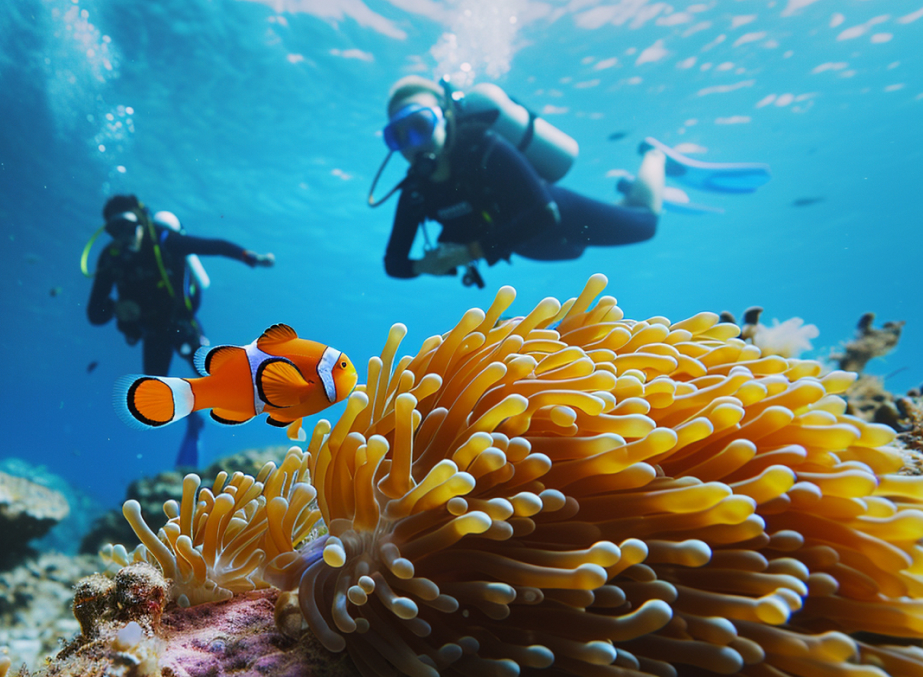
Similan Island is a gorgeous archipelago of eleven islands enriched with thriving underwater scenery and marine creatures. It is widely accepted as one of the best diving sites in Thailand and is ranked among the top 10 dive sites in the world. Here you can witness spectacular rock formations, pink and red sea fans, manta rays, clownfish, leopard sharks, and vibrant corals. There are many dive sites around the island that might be challenging and are only meant for regular divers or professionals. If you’re a newbie, it’s always better to pick a dive site that is much more conducive for an underwater dive, such as Honeymoon Bay, where you can see shoals of small fish and black-tip reef sharks.
The best dive spots in Similan islands are:
- Richelieu Rock
- Elephant Head
- Anita’s Reef
- Beacon Reef
- Boulder City / Shark Fin Reef
- Christmas Point
Approximate Cost of Scuba Diving Course in Similan islands
| Particulars | Details |
|---|---|
| Operator | Similan Seven Sea Club |
| Course Name | Discover Scuba Diving |
| Starting Price | INR 14600/- |
What is the best time to go diving in Similan island
Being part of the Marine National Park, diving in Similan Island is open from November to mid-May. The ideal time to go diving on Similan Island is from December to April.
4. Scuba Diving in Koh Tao
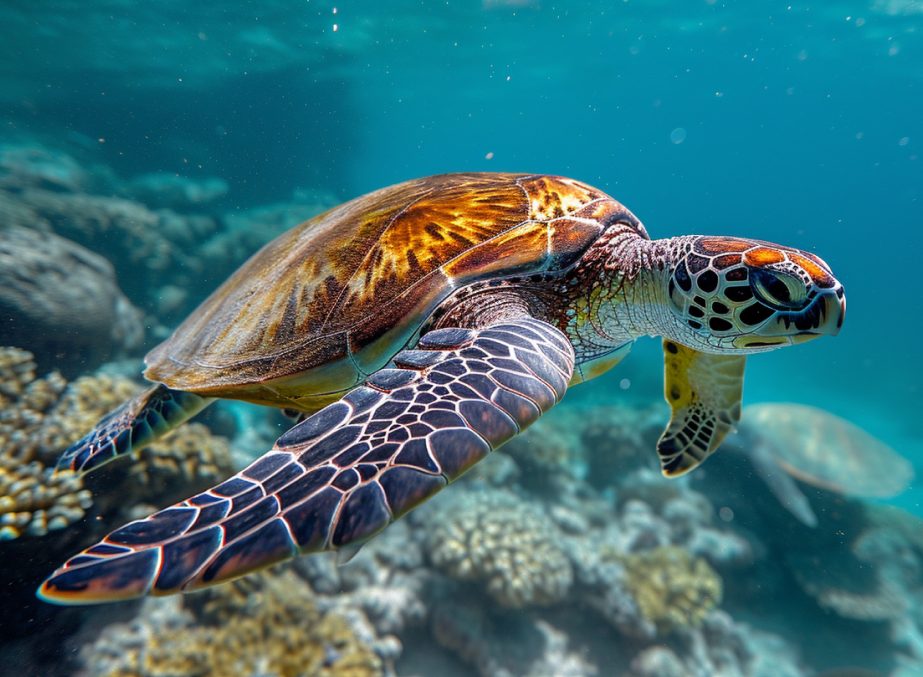
If you’re looking to go scuba diving in the Gulf of Thailand, a popular dive destination is Koh Tao. Even though Koh Tao is small and a laid-back island, do not let its small size deceive you; the underwater scenery of this island is massive and full of vibrancy. You may get a chance to observe shipwrecks, rock formations covered with corals, and kaleidoscopic reefs. In addition, whilst diving in Koh Tao, you can also see a school of chevron barracuda, yellow snapper, big-eyed trevally, and green turtles, along with the ubiquitous whale sharks or eagle rays.
The best dive spots in Koh Tao are:
- Chumphon Pinnacle
- Sail Rock
- Shark Island
- Southwest Pinnacle
- HTMS Sattakut
Approximate Cost of Scuba Diving Course in Koh Tao
| Particulars | Details |
|---|---|
| Operator | Coral Grand Divers |
| Course Name | PADI boat diver speciality course |
| Starting Price | INR 13,440/- |
When is the best time to go scuba diving in Koh Tao?
The months of July, August, and September are some of the best months to scuba dive in Koh Tao. The visibility is extremely good (around 30 m), and divers with good eyesight can catch cervices, gaps between rocks, shrimp, and tiny fish.
5. Scuba Diving in Koh Samui
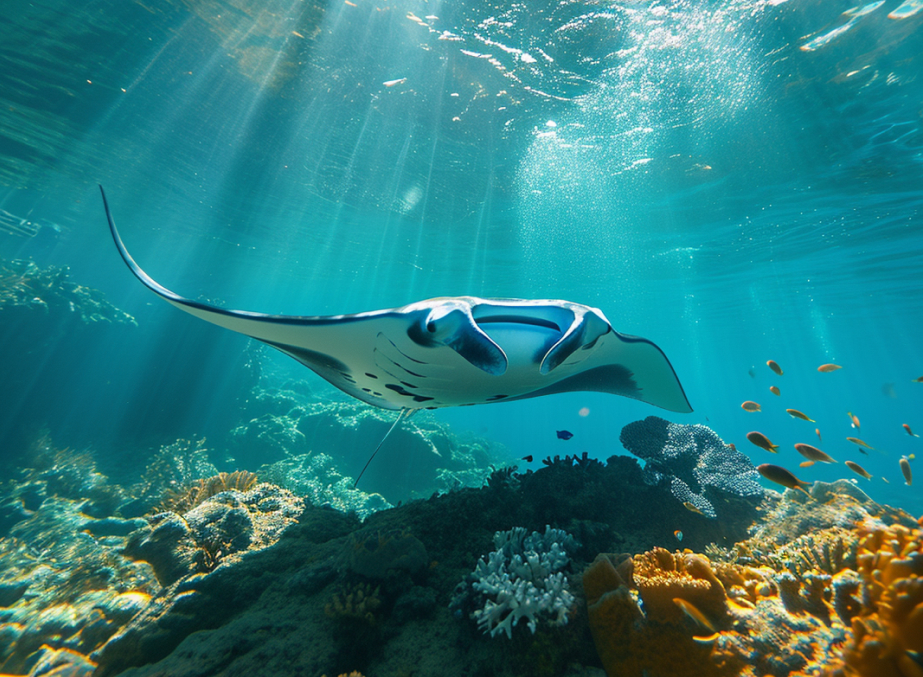
Another diving gem in the Gulf of Thailand brimming with marine life and underwater experiences, Koh Samui welcomes divers of all levels to test its waters. The island might be small in stature, but it houses grand granite structures, massive rocky marine hills, and vivid coral reefs swarming with aquatic life, offering a substantial natural experience. As you plunge deep into the waters of Koh Samui, you can spot sea anemones, sea fans, eels, barracuda, stingrays, and turtles.
The best diving spots in Koh Samui include:
- Chumphon Pinnacle Dive Site
- Green Rock
- Hin Wong
- Samran Pinnacles
- Southwest Pinnacles
- Koh Yippon & Koh Wao
Approximate Cost of Scuba Diving Course in Koh Samui:
| Particulars | Details |
|---|---|
| Operator | The Dive Academy |
| Course Name | PADI ENRICHED AIR DIVER |
| Starting Price | INR 13,440/- |
When is the best time to go scuba diving in Koh Samui ?
The best time to do scuba diving in Koh Samui is during the dry season, which ranges from March to June. Although the calm waters of the island make it suitable for most times of the year.
6. Scuba diving in Pattaya
Pattaya is popular for its walking streets and nightlife, but did you know it is also home to some of the best diving sites in Thailand? Pattaya is also popular for its wreck diving, and the nearest wreck is only about forty minutes away. Take advantage of this unique opportunity and get to know the history behind the wreck. On your exploration, you may also find resting bamboo sharks, scorpionfish, and hawksbill turtles. Pattaya is one of the most preferred diving destinations for people travelling on a budget. The reason being, it offers some of the cheapest scuba diving in Thailand.
The best dive sites in Pattaya are:
- Koh Larn
- Koh Sak
- Koh Khroh
- Koh Rin
Approximate Cost of Scuba Diving Course in Pattaya
| Particulars | Details |
|---|---|
| Operator | Pattaya Dive Centre |
| Course Name | PADI Open Water Diver course |
| Starting Price | INR 7796/- |
What is the best time to Scuba Dive in Pattaya?
The best time to scuba dive in Pattaya is from November to March. September through February sees calm, flat water and visibility of up to 20m.
Types of Scuba Diving in Thailand
Reef Diving in Thailand
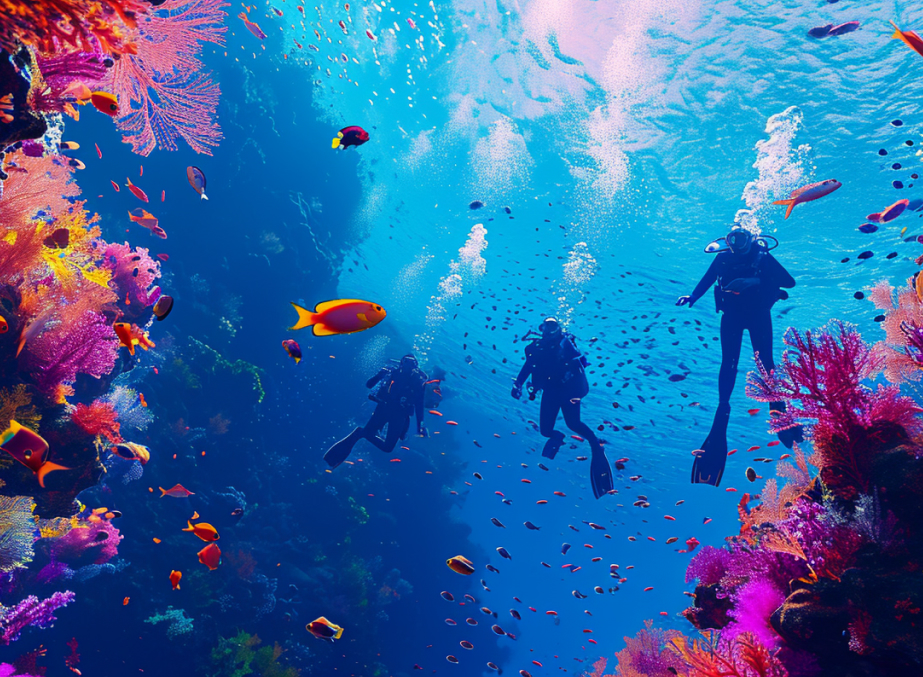
Thailand has some of the most stunning colonies of coral reefs. Being fragile by nature, they require protection to keep the marine ecosystem in balance. More than half of the coral reefs are found in Thailand’s 26 national marine parks under the protection of the government. The most common marine park popular for reef diving is the Similan Islands, which is also marked as a world heritage site.
Wreck Diving in Thailand
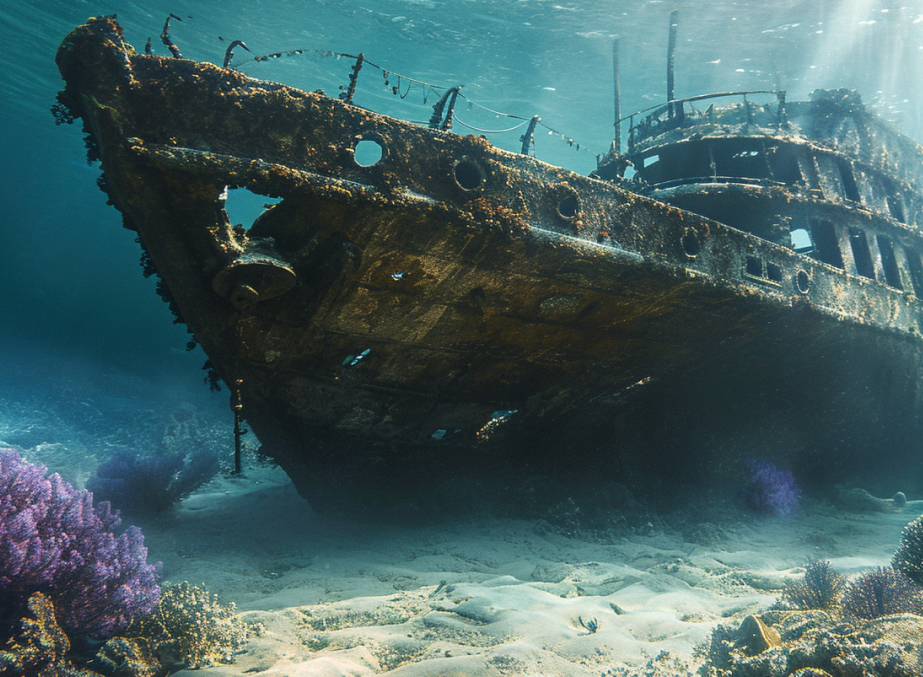
Apart from the popular corals, plants, and fish, another sight of fascination for divers is diving in for the sunken shipwrecks. Thailand is nearly home to 16 wreck diving spots, which are captivating to witness. A lot of the ships were deliberately sunk underwater to create an artificial reef and dive spots. The most popular wreck diving spots are in Pattaya, such as HTMS Kut and HTMS Khram (Koh Phai). Another popular one is in Chumphon called HTMS Prabh, which is ideal for beginners.
Drift Diving in Thailand
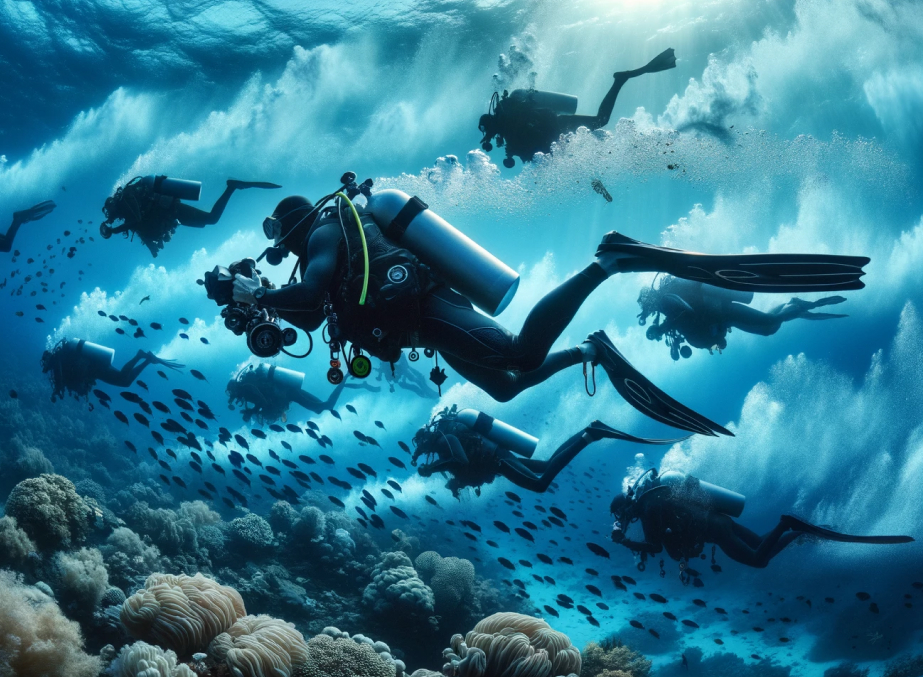
Drift diving is essentially a scuba diving technique in which divers let the ocean currents carry them along as they dive. Imagine getting drifted away in the gentle to moderate ocean currents of Andaman waters; the experience is exhilarating, to say the least. Thailand’s clear waters and rich underwater ecosystems make it an ideal destination for drift diving, attracting enthusiasts from around the world. Popular sites for drift diving in Thailand include the Similan Islands, Richelieu Rock, and Koh Tao.
Liveboard Diving in Thailand
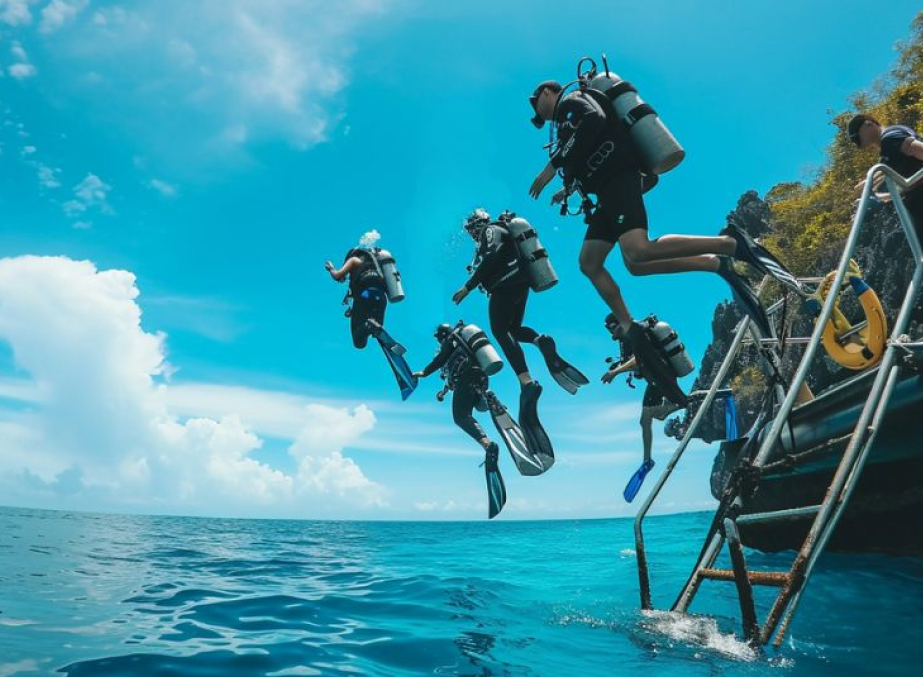
Liveboard diving in Thailand offers a unique and immersive experience for scuba divers. Here, liveboard refers to a vessel that takes divers to some of the remotest and untouched diving sites. Since it has cabins, amenities, and diving gear, divers may remain on board and visit far-flung dive spots that are frequently unreachable by day trips.
How Much Scuba Diving Cost in Thailand
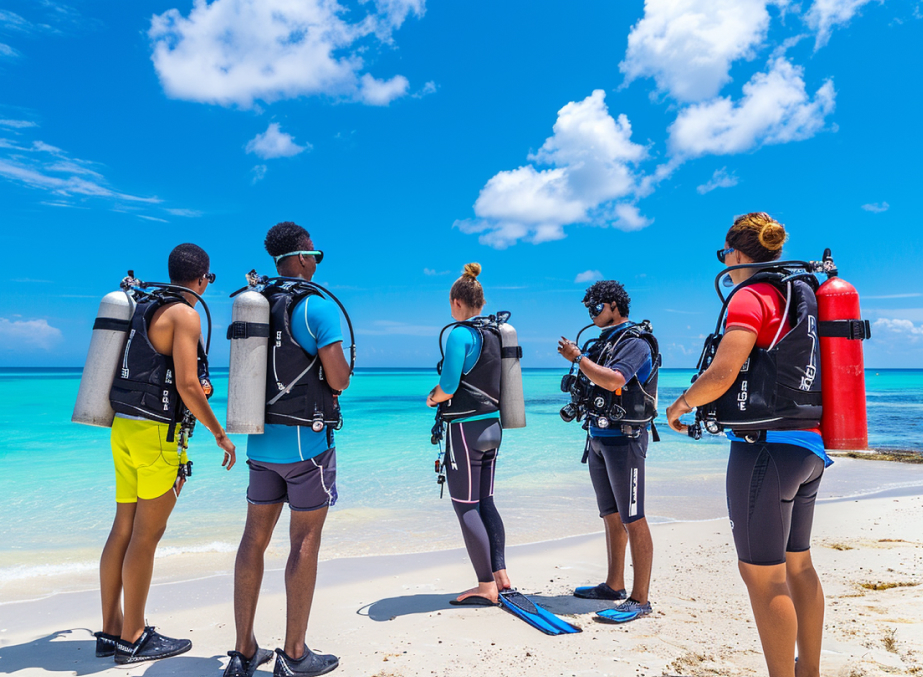
Diving in Thailand can be expensive depending on variables such as season, location, dive operator, dive site, and the type of dive package you select. A single dive might cost anything from 1,500 to 3,000 Thai Baht on average. Liveaboard vacations lasting several days or diving expeditions lasting a full day might cost anything from 4,000 to 10,000 Thai Baht or more. Costs may also apply for supplementary services, equipment leasing, and certification programmes.
Essential Tips for Scuba Diving in Thailand
The main tip to keep in mind for scuba diving in Thailand is to remember the best time to visit for optimal diving conditions. It is equally essential to pay attention to safety tips and regulations in Thailand for a safe diving experience.
Best Time To Visit for Optimal Diving Conditions in the Andaman Sea
A majority of scuba divers visit Thailand in the months between November and April to enjoy the best of Amdaman sea diving.
- The peak diving season from November to April also coincides with the peak tourist season in Thailand.
- The Similan Islands are under the Marine National Parks of Thailand, which only open from November 16th to May 15th.
- Diving sites in Thailand, such as the Phi Phi Islands and Phuket, could be divided all year. However, the weather must be checked well before going in for a dive during the rainy season.
- Diving sites such as Koh Libe and Koh Lanta are closed in June and October.
Best Time To Visit for Optimal Diving Conditions in Gulf of Thailand
The Gulf of Thailand provides exhilarating dive experiences for all levels of divers. The peak months for diving enthusiasts are from October to April. The crystal-clear visibility during this time can reach up to 30–40 metres.
- The prime diving season is typically from May to September at dive sites such as Koh Tao and Koh Samui.
- If you wish to spot whale sharks and manta rays, plan your trip between February and May.
- The time between May and October coincides with the off-season for the west coast, making it a preferred choice for divers seeking less crowded sites and potentially better conditions.
Safety Tips and Regulations for Safe Diving Experience in Thailand

To enjoy the best scuba diving experience, there are some essential tips to keep in mind for your well-being and safety.
- Pick the right scuba dive school: Always book a trusted and PADI-certified scuba diving school. Some of these include Scubadeep in Phuket, Pattaya Dive Centre, Pattaya, and Princess Divers in Phi Phi Islands.
- Respect the local rules: Thailand has many marine parks and dive sites that may follow different regulations regarding the protection of the environment. As a diver, you must familiarise yourself with these rules and follow them with utmost sincerity.
- Always stay hydrated. Thailand is a tropical country with warm temperatures; hence, it is essential to stay well hydrated before and after your dive. Avoid consuming a heavy meal before diving.
- Do not dive under the influence of alcohol. It is essential that you remain sober and fully alert, both in mind and body, before going in for a dive. Alcohol consumption not only hinders your senses but also leads to dehydration.
- Get dive insurance: Before going on a diving trip, make sure that you carry credible dive insurance that includes medical expenses in case of any unforeseen diving-related incidents.
- Take note of diving conditions: The dive sites in Thailand can have varying degrees of visibility and underwater conditions. You must stay vigilant about dive site conditions and be prepared for any challenges you may encounter.
- Do a physical examination: Before going in for a dive, make sure to physically check your body and see if there’s any open wound, cuts, or abrasions that need healing.
- Get educated on diving equipment: It is essential for any diver to learn how to fully operate and work with diving equipment.
Diving in Thailand is a fun and rewarding experience for both beginners and experts. With the right equipment and training, one can unravel the mysteries of the deep blue and witness the enchanting aquatic world. So, what are you waiting for? Book a Thailand tour package today, pick your favourite dive site in Thailand, and take the plunge.











